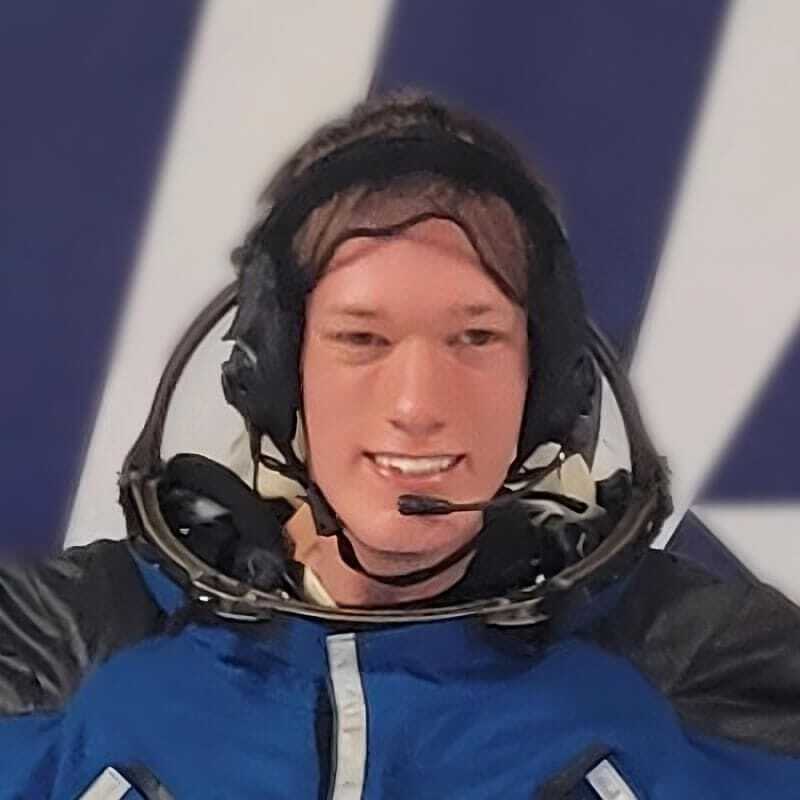NASA's Europa Clipper Uses Mars to Go the Distance
by Gretchen McCartney, Karen Fox, Molly Wasser, NASA

On March 1, NASA's Europa Clipper will streak just 550 miles (884 kilometers) above the surface of Mars for what's known as a gravity assist—a maneuver to bend the spacecraft's trajectory and position it for a critical leg of its long voyage to the Jupiter system. The close flyby offers a bonus opportunity for mission scientists, who will test their radar instrument and thermal imager.
Europa Clipper will be closest to the Red Planet at 12:57 p.m. EST, approaching it at about 15.2 miles per second (24.5 kilometers per second) relative to the sun. For about 12 hours prior and 12 hours after that time, the spacecraft will use the gravitational pull of Mars to pump the brakes and reshape its orbit around the sun. As the orbiter leaves Mars behind, it will be traveling at a speed of about 14 miles per second (22.5 kilometers per second).
The flyby sets up Europa Clipper for its second gravity assist—a close encounter with Earth in December 2026 that will act as a slingshot and give the spacecraft a velocity boost. After that, it's a straightforward trek to the outer solar system; the probe is set to arrive at Jupiter's orbit in April 2030.
| Event | Date | Details |
|---|---|---|
| Mars Flyby | March 1, 2025 | Gravitational assist to alter trajectory. |
| Earth Flyby | December 2026 | Velocity boost for the journey to Jupiter. |
| Arrival at Jupiter | April 2030 | Expected arrival at Jupiter's orbit. |
"We come in very fast, and the gravity from Mars acts on the spacecraft to bend its path," said Brett Smith, a mission systems engineer at NASA's Jet Propulsion Laboratory in Southern California. "Meanwhile, we're exchanging a small amount of energy with the planet, so we leave on a path that will bring us back past Earth."
Harnessing Gravity
Europa Clipper launched from Kennedy Space Center in Florida on Oct. 14, 2024, via a SpaceX Falcon Heavy, embarking on a 1.8-billion-mile (2.9-billion-kilometer) trip to Jupiter, which is five times farther from the sun than Earth is. Without the assists from Mars in 2025 and from Earth in 2026, the 12,750-pound (6,000-kilogram) spacecraft would require additional propellant, which adds weight and cost, or it would take much longer to get to Jupiter.
Gravity assists are baked into NASA's mission planning, as engineers figure out early on how to make the most of the momentum in our solar system. Famously, the Voyager 1 and Voyager 2 spacecraft, which launched in 1977, took advantage of a once-in-a-lifetime planetary lineup to fly by the gas giants, harnessing their gravity and capturing data about them.
Refining the Path
Navigators sent the spacecraft on an initial trajectory that left some buffer around Mars so that if anything were to go wrong in the weeks after launch, Europa Clipper wouldn't risk impacting the planet. Then the team used the spacecraft's engines to veer closer to Mars' orbit in what are called trajectory correction maneuvers, or TCMs.
Mission controllers have performed three TCMs to set the stage for the Mars gravity assist—in early November, late January, and on Feb. 14. They will conduct another TCM about 15 days after the Mars flyby to ensure the spacecraft is on track and are likely to conduct additional ones—upwards of 200—throughout the mission, which is set to last until 2034.
Opportunity for Science
While navigators are relying on the gravity assist for fuel efficiency and to keep the spacecraft on their planned path, scientists are looking forward to the event to take advantage of the close proximity to the Red Planet and test two of the mission's science instruments.
About a day prior to the closest approach, the mission will calibrate the thermal imager, resulting in a multicolored image of Mars in the months following as the data is returned and scientists process the data. And near closest approach, they'll have the radar instrument perform a test of its operations—the first time all its components will be tested together. The radar antennas are so massive, and the wavelengths they produce so long that it wasn't possible for engineers to test them on Earth before launch.
"It's like a game of billiards around the solar system, flying by a couple of planets at just the right angle and timing to build up the energy we need to get to Jupiter and Europa." – Ben Bradley, Europa Clipper mission planner
Conclusion
NASA's Europa Clipper mission is a remarkable demonstration of engineering and scientific cooperation aimed at unraveling the mysteries of Jupiter's moons, particularly Europa, which is believed to harbor an ocean beneath its icy crust. This gravity assist maneuver around Mars is a critical step in enhancing the spacecraft's trajectory and ensuring it arrives on schedule. The excitement surrounding both the science instruments' tests and the spacecraft's path adjustment illustrates the forward motion of space exploration as we expand our understanding of the outer solar system.
Provided by NASA
Explore further
Europa Clipper: Millions of miles down, instruments deploying




